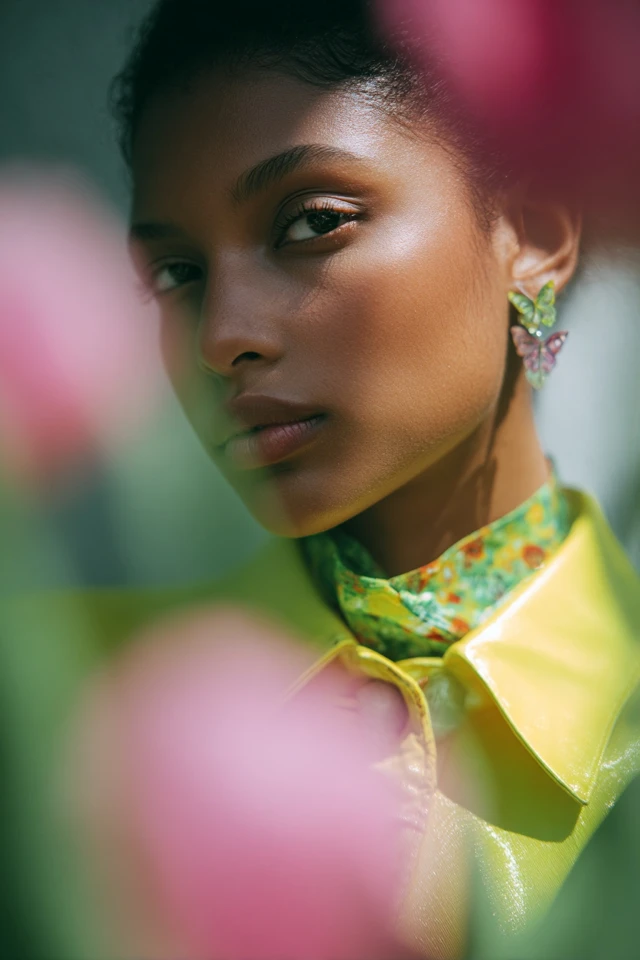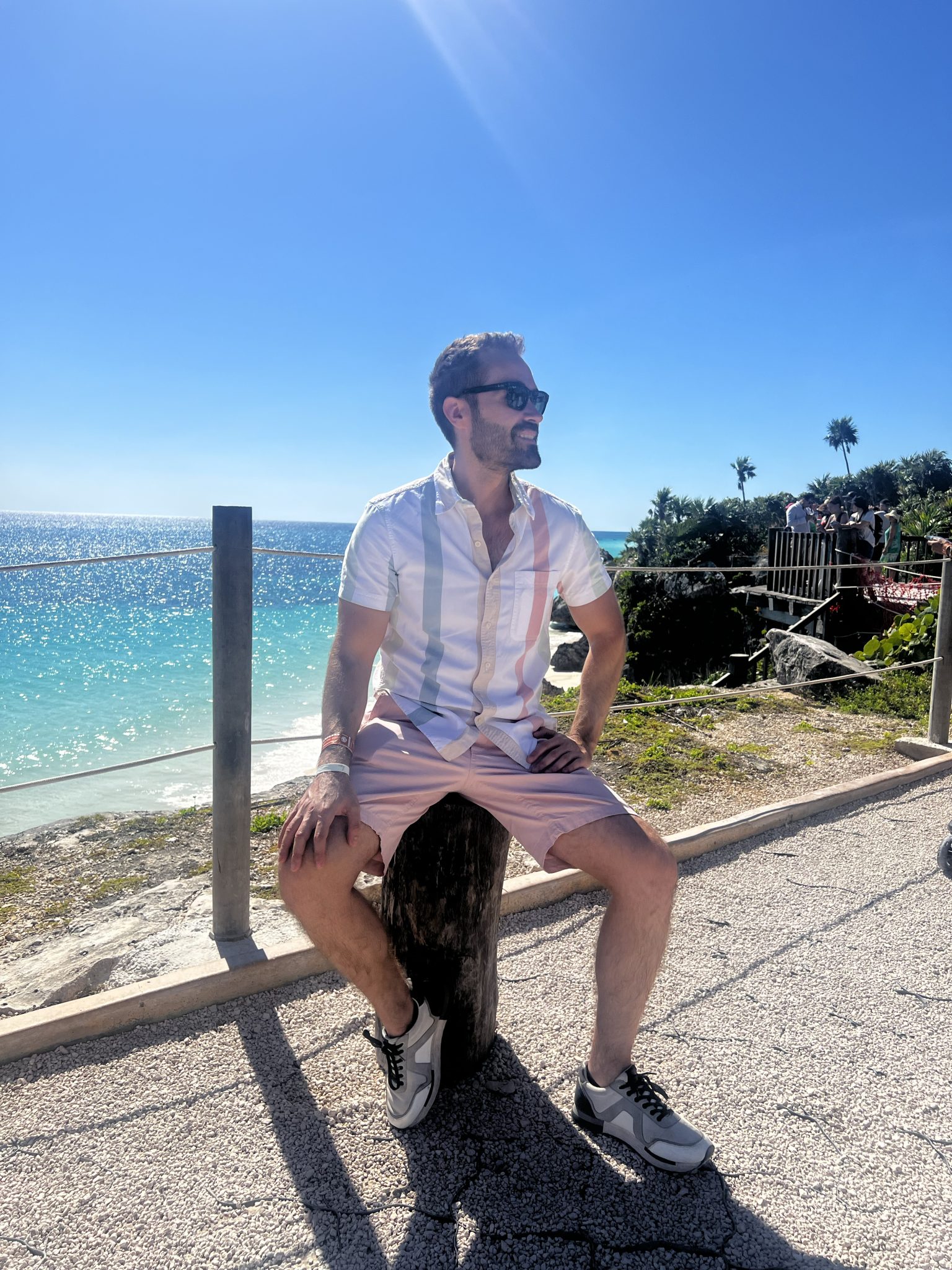Introduction
One crisp spring morning, I found myself rifling through my closet, yearning to capture a fresh, vibrant energy that matched the season’s optimistic spirit. Pulling out a shimmering baby blue halter top paired with low-rise jeans and chunky sandals instantly transported me back to a time when fashion was bold yet playful—the iconic Y2K era. That moment wasn’t just about nostalgia; it was a revelation of how deliberate style choices rooted in cultural memories and color psychology can elevate not only your look but also your mood and confidence.
Fashion, especially the resurgence of Y2K aesthetics for spring, matters because it’s a language—a way to communicate who we are before we even speak. Dressing isn’t simply about following trends; it’s a strategic act of self-expression and empowerment. As someone who has studied fashion design and color psychology extensively, I’ve come to appreciate how mastering this language transforms the way others perceive us and more importantly, how we perceive ourselves.
About the Author and My Trend Boutique
This comprehensive guide will take you through the art and science of Y2K spring chic dressing. You’ll learn not only what to wear but why these choices resonate emotionally and psychologically. From color symbolism to body-flattering silhouettes and current trends blended with timeless classics, prepare to create a wardrobe that feels authentic, confident, and unmistakably chic.
Foundational Concepts
To master Y2K spring chic dressing, we first need a solid understanding of some foundational concepts that underpin thoughtful style choices.
Color Psychology
Color psychology explores how hues influence our emotions and behaviors. Research shows that colors can impact everything from mood to productivity and social interactions. For instance, soft pastels like lavender and mint evoke calmness and creativity, while vibrant hues like electric blue and bubblegum pink energize and attract attention. Understanding these nuances allows us to curate outfits that not only suit the season but also enhance our personal aura.
Trend Forecasting
Trend forecasting is the practice of predicting future fashion movements by analyzing cultural shifts, industry signals, and consumer behaviors. The Y2K revival is a perfect example—early adopters and influencers began reintroducing elements like low-rise pants, baby tees, and holographic accessories, reflecting society’s cyclical nature in fashion. Aligning with trends thoughtfully means selecting pieces that resonate with your style DNA while feeling fresh and relevant.
Dressing to Impress
Dressing to impress isn’t about vanity; it’s about projecting confidence and creating a memorable first impression. Extensive studies in psychology and social sciences reveal that clothing affects not only how others perceive us but also how we carry ourselves. When you embrace your style intelligently, you embody authority and approachability simultaneously, empowering you in professional and social settings alike.
Picture Gallery
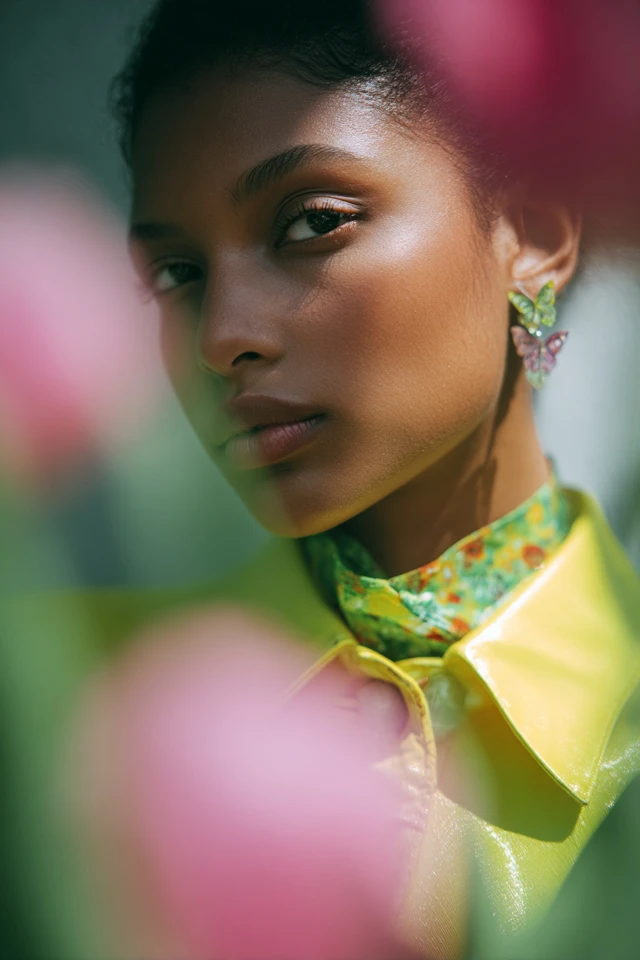
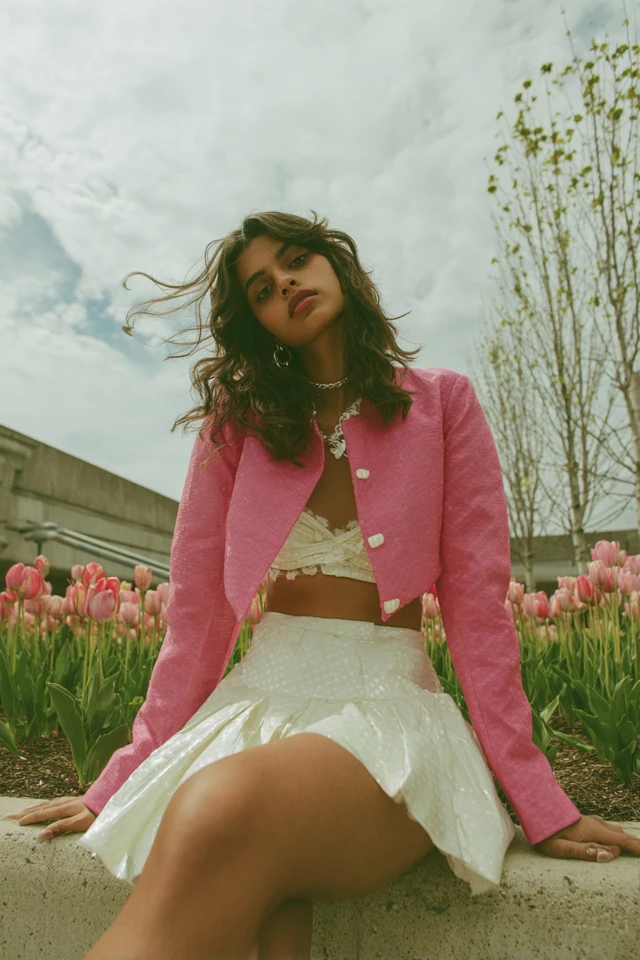
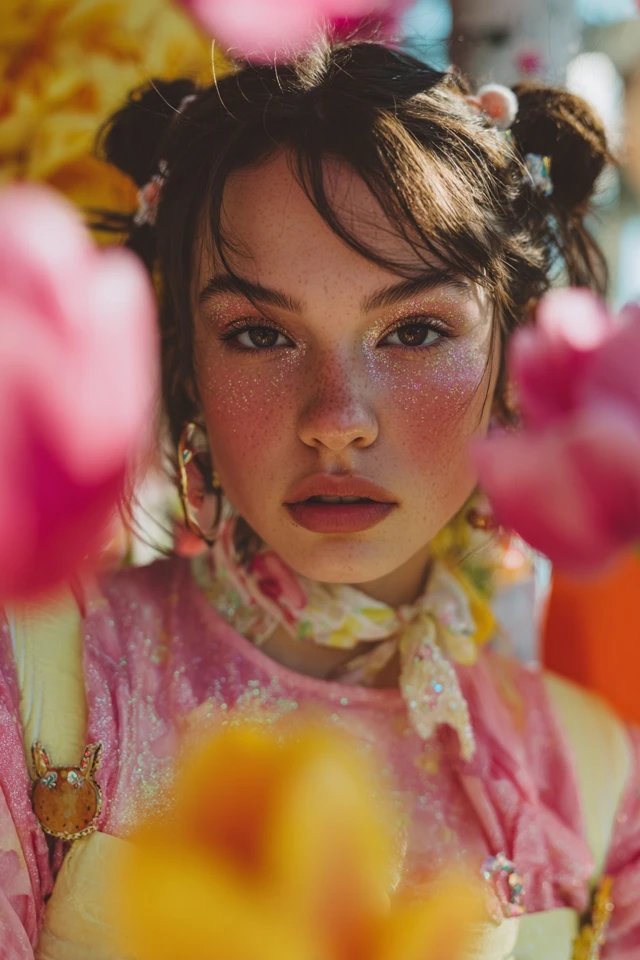
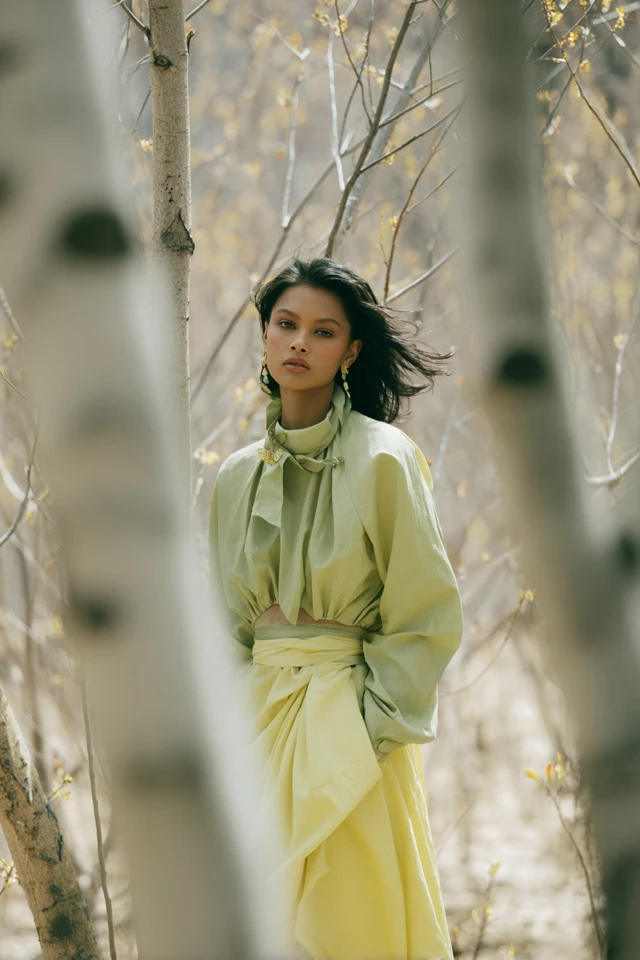
Color Psychology & Emotional Impact
Colors speak louder than words. The science behind first impressions consistently demonstrates that specific colors can evoke trust, excitement, or tranquility within mere seconds of seeing someone. For Y2K spring chic looks, embracing a palette of pastel blues, soft lavenders, and playful pinks taps into feelings of youthfulness and optimism, crucial for refreshing your demeanor after winter’s dullness.
Blue, especially softer tones, is associated with calmness and reliability—a perfect choice when you want to appear approachable yet polished. Pink ranges from playful bubblegum shades to muted rose, channeling warmth and friendliness. Yellow, reminiscent of sunny daffodils, stimulates creativity and positivity but should be balanced with neutrals to avoid overwhelming the senses.
The Y2K trend also reintroduces metallics and holographic sheens, which convey innovation and a futuristic mindset. These reflective textures are naturally attention-grabbing, boosting self-confidence by making you stand out effortlessly in a crowd. Integrating these colors and textures mindfully ensures your outfit supports how you want to feel and be perceived while aligning with the season’s vibrant energy.
Personal Style & Body Type Considerations
While trends and colors are essential, embracing your unique silhouette and complexion is paramount to looking and feeling your best. Y2K styling favors low-rise bottoms, cropped tops, and fitted jackets—all of which can be adapted beautifully for various shapes.
- Hourglass figures: Opt for fitted baby tees or cropped cardigans paired with bootcut or flared jeans to emphasize your balanced proportions.
- Pear-shaped bodies: Highlight your upper body with bright or patterned halter tops while choosing darker, solid low-rise pants to create balance.
- Rectangle body types: Use layered looks and bubble or puff sleeves to add dimension and curves without overwhelming the frame.
- Apple shapes: Oversized baby tees paired with tailored trousers or skirts can provide comfort while offering a stylish silhouette.
- Petite statures: High-cut bikini tops with cheeky shorts or fitted capris elongate the legs and complement your lean frame.
When selecting fabrics for spring, natural fibers like cotton and linen blend comfort with breathability, essential for transitional weather. Sheeny materials such as satin or silk add luxe texture, ideal for evening occasions, while denim and jersey ground your looks in everyday practicality.
Checklist to Identify Your Y2K Spring Wardrobe Must-Haves:
- Choose your signature color: Which shades make you feel radiant and authentic?
- Assess your body type: Which silhouettes celebrate your natural shape?
- Mix and layer textures: Consider soft cotton tees under sparkly jackets or translucent cardigans.
- Prioritize comfort and confidence over trend-only pieces.
- Include versatile accessories like butterfly clips or hoop earrings that echo the era’s charm.
Current Trends & Timeless Classics
The beauty of Y2K spring chic lies in its seamless blend of nostalgic appeal and modern innovation. Trending right now are pastel tie-dye patterns, tiny sunglasses, and cropped cardigans with pearl button details. Platform sandals and tiny handbags complete extroverted yet coordinated ensembles.
However, grounding these trend pieces in timeless classics makes your wardrobe resilient and multifunctional. Think crisp white button-downs, well-fitted denim, and tailored blazers in neutral colors to anchor eye-catching pastel sets. The juxtaposition creates a dynamic yet polished outfit easily transitioned from day to night.
One timeless Y2K revival piece worthy of investment is the low-rise bootcut jean, which flatters multiple body types and pairs effortlessly with various tops and shoes. Adding quality basics ensures your style remains effortlessly chic beyond seasonal fads.
Practical Tips & Recommendations
Successful Y2K spring dressing is more than aesthetics—it’s about smart shopping, caring for your wardrobe, and mastering layering to balance temperature variations common in spring.
- Shopping Tips: Prioritize versatile pieces that fit well and resonate emotionally. Explore thrift stores for authentic vintage finds or brands known for quality Y2K-inspired lines. Look for good fabric quality to ensure longevity.
- Wardrobe Maintenance: Wash delicate fabrics by hand or use gentle cycles; store metallic and sequined garments carefully to avoid tarnishing. Rotate seasonal items regularly to prevent wear.
- Layering Techniques: Use cropped cardigans over fitted camisoles or halters. Pair pastel tanks with oversized denim jackets for an effortlessly cool aesthetic. Play with asymmetrical layering to add depth.
- Accessories: Incorporate delicate butterfly clips, layered chain necklaces, and tinted sunglasses to punctuate your look authentically. Mixing metals like silver and rose gold adds visual interest.
- Color Combinations to Try: Lavender with soft yellow; mint green with pearl white; bubblegum pink paired with muted taupe or denim blue. These combos evoke spring freshness while staying true to Y2K’s playful vibe.
FAQs
- Q: How do I find my signature Y2K color without spending a fortune?
- A: Start by assessing which hues naturally complement your skin tone and evoke positive feelings. Experiment with inexpensive scarves or nail polish in trending pastels to test reactions before purchasing main garments.
- Q: Can I update my wardrobe gradually to fit Y2K spring chic?
- A: Absolutely. Integrate one or two statement pieces each season—such as a cropped top or platform sandals—then build around them. This approach maintains cohesion and avoids overwhelming impulses.
- Q: Is it possible to maintain a capsule wardrobe while embracing Y2K trends?
- A: Yes. Focus on a curated selection of versatile, high-quality basics mixed with a limited number of trendy items. Prioritize interchangeability to maximize outfit combinations.
- Q: How can I balance comfort with style in spring layering?
- A: Choose breathable fabrics in lighter weights for base layers; add cropped sweaters or denim jackets that you can remove as temperatures rise. Prioritize stretch and fit to avoid bulkiness.
- Q: What are the best accessories for completing a Y2K look?
- A: Consider butterfly clips, hoop earrings, tinted sunglasses, small chain handbags, and playful rings. These details evoke era-specific aesthetics while adding personality.
Conclusion
Revisiting Y2K spring chic dressing offers more than a style upgrade; it enriches how you express identity through color, silhouette, and texture. Rooted in color psychology and thoughtful sartorial decisions, this approach empowers you to make intentional choices that elevate confidence and command attention gracefully.
I encourage you to experiment boldly while honoring what feels true to your style. Expressing yourself authentically through clothes is one of fashion’s greatest joys—and the perfect springboard for renewed personal confidence. If you enjoyed this guide, please share your thoughts in the comments, share with friends embracing Y2K vibes, and subscribe for more insights into the dynamic relationship between fashion, psychology, and lifestyle.

